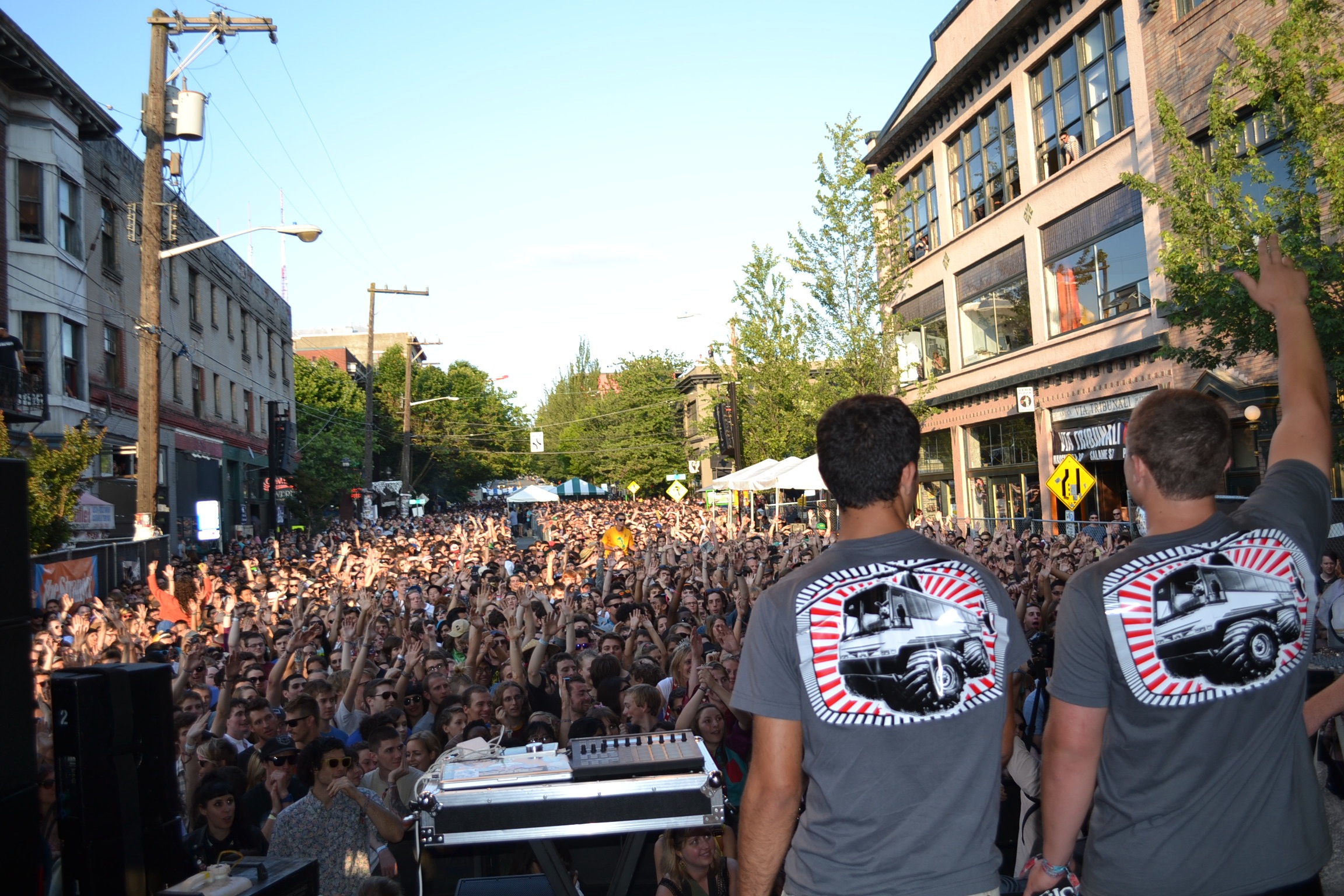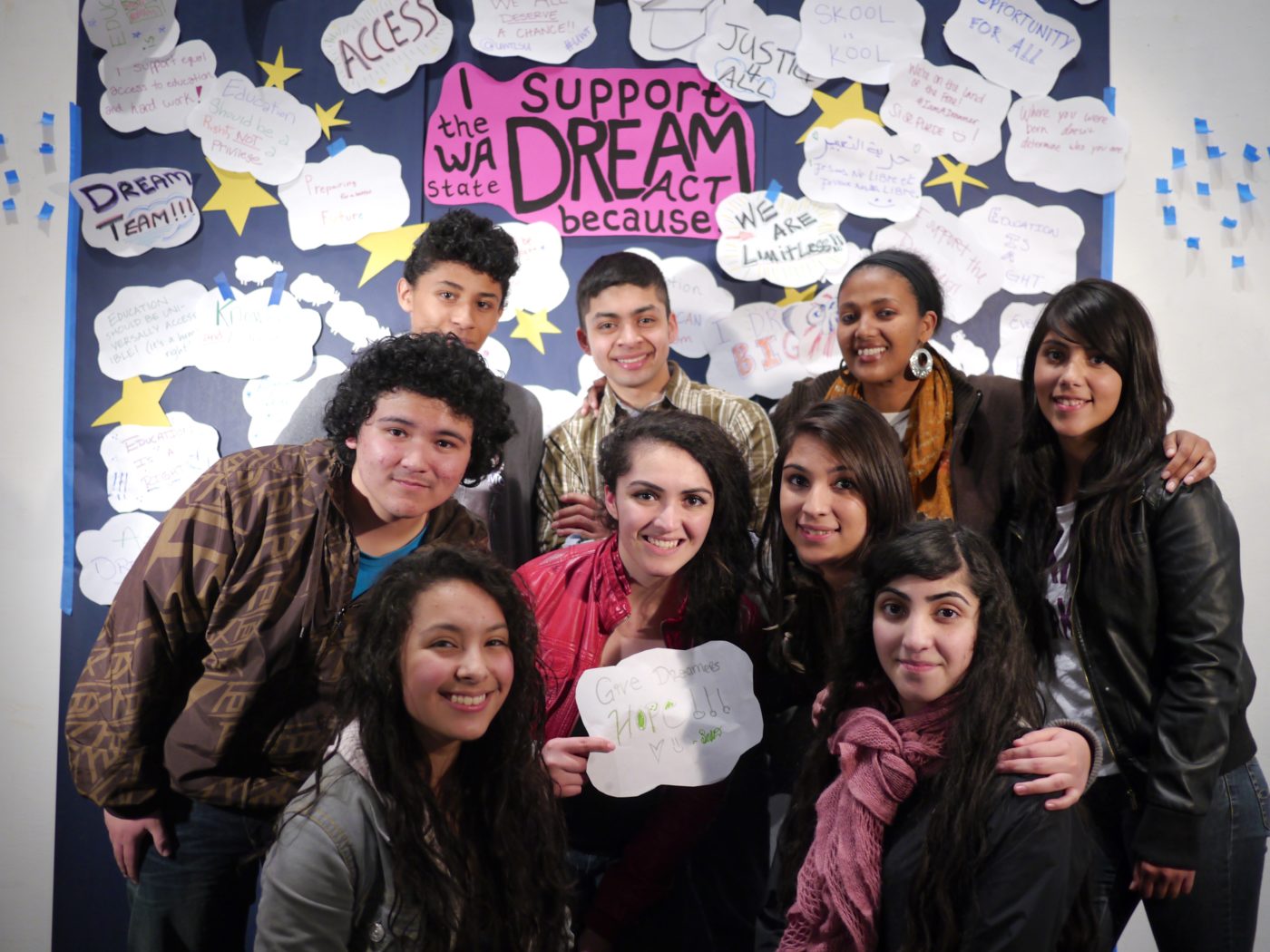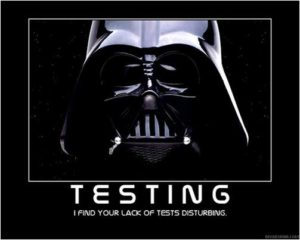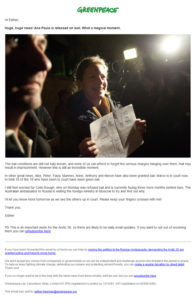For the Washington Bus movement, finding success in digital engagement is not only a surprise, but also an accident. While the movement looks to engage young people aged 15 to 35 in advocacy for their communities, most of its past success has come by way of good old-fashioned ground tactics.
“We are not as sophisticated as some of the larger organizations such as Greenpeace,” says program director Alex Miller. “For us, it’s about meeting people in their worlds and showing them how their worlds intersect with politics, and then convincing them that political activity is not just possible, regardless of age, but also effective.”
Yet over the past year, Washington Bus has found regular and consistent spikes in its e-mail open rates and click through rates. In fact, Alex estimates e-mail open rates are up by about 25 per cent on average since last year.
The 2013 eNonprofit Benchmark study seems to suggest this is an anomaly: an analysis of 1.6 billion e-mails send to 45 million subscribers showed e-mail open rates have stayed the same, a 13 per cent open rate for fundraising e-mails and 14 per cent for advocacy e-mails. Click-through rates declined in 2012 by an average of 22 per cent.
“Regularly, we see increases (of e-mail open rates) upward of six per cent over last year,” he says. “With spikes that are also occurring more regularly, the average open rate is up significantly,” says Alex, adding click-through rates have increased consistently with e-mail open rates.

Washington Bus engages youth on the ground through events like the Capitol Hill Block Party, which builds online engagement.
This is good news for the Washington-based mobilisation organization that aims to increase community engagement from high school students to young adults, but it’s a bit of a sidebar to their regular work, Alex says.
Instead of trying to turn youth onto politics, the Bus philosophy meets the people in their own arenas. They turn the questions inside out until young people realize that in order to keep the food-bank shelves where they volunteer stocked, and its doors open, they need to become involved at a level other than serving soup.
If there’s one thing Washington Bus members are good at, it’s connecting on the ground, in communities. They admit it usually looks like a party or celebration of some kind — hundreds of students, for example, gathering annually to for the Capitol Hill Block Party.
While many advocacy organizations are intentionally focusing on digital engagement opportunities and then managing the flip to offline engagement, Alex says it’s ironic that the Bus is finding their offline engagement is driving their e-mail-open rate success.
Over the past year, one of the intentional and common-sense strategies the Bus used was to wring out its e-mail list.
“There were a lot of high-school students on the list, and we know high-school students rarely check their inboxes,” he says.
They cleaned up their list, and then went on the hunt for addresses of people who were more likely to engage through e-mail. They found that was people who they’d already connected with on the ground through their offline work and are interested in politics.
Beyond that, Washington Bus staff accidentally noticed a trend: when they switched up authors of e-mails, the open rates spiked.
“People are curious,” Alex says.
They also like pictures, he adds.
“People care about people. Pictures of faces, e-mails about new fellows, new staff, new people seem to correlate with a spike in e-mail open rates,” he says.
Probably the biggest factor in the rise in Washington Bus e-mail open rates, Alex says, stems right from the core philosophy the Bus movement has adopted: providing something of interest, even if it has nothing to do with what might be the obvious reason for the e-mail.
Alex says he was shocked to find that when he added a link to an Easter egg this spring, the e-mail moved more people to click the link than usual.
“It was just something extra, something unrelated to the real reason for the e-mail,” he adds. “People find that engaging and entertaining, and it makes a connection for them apart from the main reason for the e-mail.”
It is similar to what Washington Bus organizers do in an offline engagement. They gather people for one cause, and then use a game or another fun activity to engage them in an intersection point between their passion — be it music, or art, or something else — and the potential for civic engagement in decision-making organizations.
Alex says he thinks there are several reasons for the spike in e-mail open rates, not the least being the use of e-mail to giveaway tickets to events and parties.
“You have to stand out in the crowd somehow. Many of these people are very politically engaged, and get tons of tons of e-mail. We want to make sure there’s value in the e-mail,” he says.
Asking people for something regularly is not going to be successful, he says.
“We have the philosophy that all the things that would annoy you about a person in real life will equally annoy you about a person on the Internet.”
“Keep it light, fun , short, sweet, irreverent, and provide just enough information to intrigue the reader,” he says.
The Washington Bus plans to do more of the same going forward. Right now, one of the items Alex is considering is how often to send e-mails. The Bus sends less frequently than some other organization, just one e-mail every week or two.
If you are interested in more information about the Bus movement across the nation, get in contact with Alex, alex(at)washingtonbus.org.
This is the first in a MobLab series exploring how to increase e-mail opens and response rates. The 2013 eNonprofit Benchmark study, found an overall decline in e-mail response rates in 2012.
Stay Connected: @WashingtonBus
Related Posts:
Advocacy ‘asks’ increase click-through rates in online campaign
Thunderclap, a simple and effective fundraising tool
Daily campaigning equals longer, deeper conversations
Top ten tips in email writing from organisations changing the world
Do you have an innovation in mobilisation and people-powered campaigns? Share it with Mob Lab by contacting moblab@greenpeace.org.
Categories:



